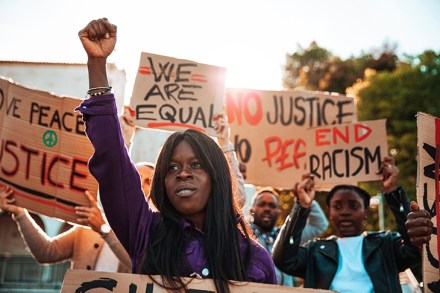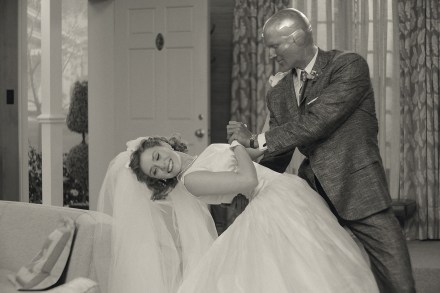There’s nothing a white person can do about racism, says Dr Kehinde Andrews
After the death of George Floyd last year, and the subsequent Black Lives Matter protests around the world, racism is one of the hot-button issues of our time. And, according to Kehinde Andrews’s new book, The New Age of Empire: How Racism and Colonialism Still Rule the World, it is embedded deeply in the West: A central thesis of this book is that White supremacy, and therefore anti-Blackness, is the fundamental basis of the political and economic system and therefore infects all interactions, institutions and ideas. Andrews maintains this uncompromising tone throughout. The book is partly a historical account of the transatlantic slave trade and European colonialism; it is also





















